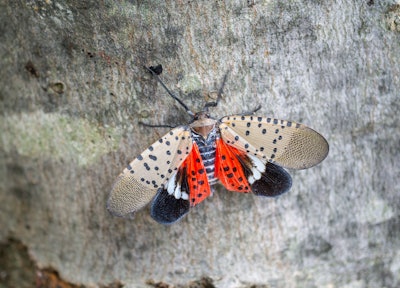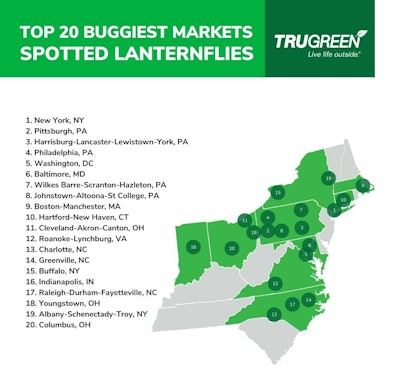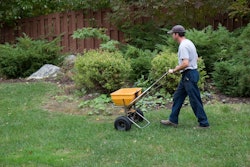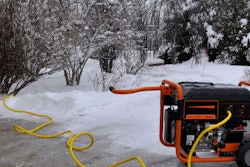
As spotted lanternflies continue to wreak havoc across the East Coast and beyond, TruGreen, has conducted its first meta-study to determine the top areas in the U.S. most impacted by or susceptible to the invasive species.
Based on the findings, Pennsylvania has a significant presence of spotted lanternflies, with the markets most impacted including: Pittsburgh, Harrisburg-Lancaster-Lebanon-York, Philadelphia, Wilkes Barre-Scranton-Hazleton, and Johnstown-Altoona-State College. This comes as no surprise as the spotted lanternfly was first detected in Pennsylvania in September 2014.
After thorough research and analysis of data gathered between May 1, 2022, and May 31, 2023, TruGreen announces the findings of its inaugural study, revealing the following locations as the top 20 markets that are most, or most likely to be, impacted by spotted lanternflies:

"Spotted lanternflies, an invasive species native to Asia found primarily along the Eastern Seaboard and continuing to spread throughout the country, can pose a threat to natural ecosystems. Their feeding habits can cause damage to trees and shrubs, so it's important for residents in the identified areas to stay vigilant when adult spotted lanternflies are most active from July through December and take appropriate measures to control the spread of these pests before the egg-laying stage, which occurs September through November" said Roger May, PhD, director of technical operations at TruGreen.
"We remain committed to educating communities about the significance of early detection, so that in the event they've spread to your city you know when to call an expert. By working together, we can combat the spread of spotted lanternflies and protect the health and beauty of our outdoor living spaces."
TruGreen urges residents and businesses in the identified areas to contact a professional for assistance in implementing proactive measures to help control the insect's population and safeguard their properties. TruGreen's four-step program helps vulnerable plants, trees, and shrubs while reducing spotted lanternfly populations on treated properties.
 TruGreen
TruGreen
For more information about TruGreen, the new report, or its range of services offered, please visit TruGreen.com and follow them on Facebook, Instagram, and Twitter.











